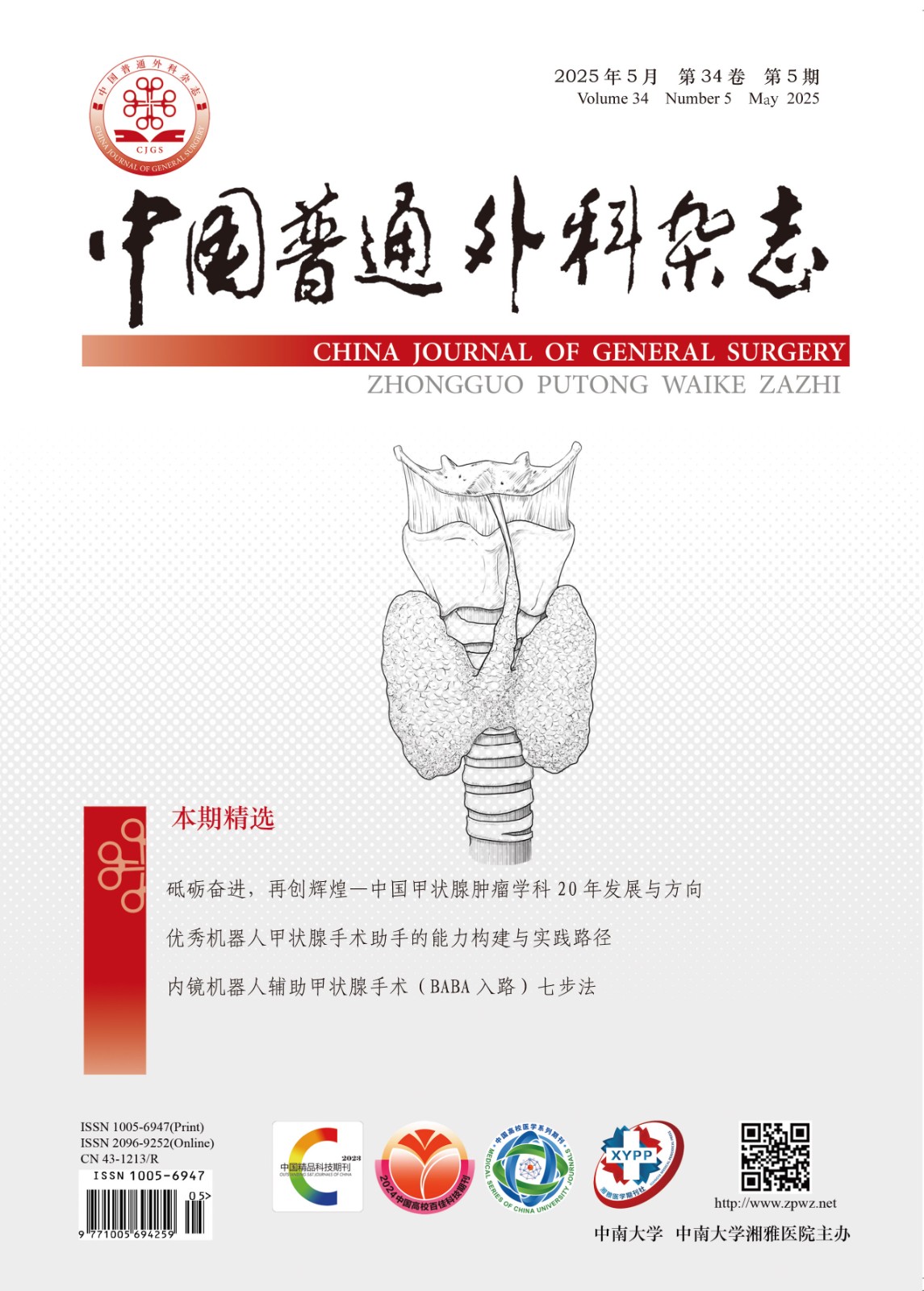Abstract:
Objective: To investigate the surgical treatment for patients with hepatocellular carcinoma (HCC) and concomitant portal vein tumor thrombus (PVTT) and the efficacy. Methods: The clinical data of 68 HCC patients with PVTT treated from January 2010 to January 2013 were retrospectively analyzed. Of the patients, 50 cases underwent surgical treatment (regular hemihepatectomy plus involved portal vein resection, or irregular liver resection and PVTT removal) followed by transcatheter arterial chemoembolization (TACE) (combination treatment group), and 18 cases received treatment of oral sorafenib only (sorafenib treatment group). PVTT involved the second- or lower-order portal vein branches in 11 cases, and involved the first-order portal vein branches in 39 cases in combination treatment group, and all cases in sorafenib treatment group had PVTT in the first-order portal vein branches. The 0.5-, 1-, 2-, and 3-year survival rate, overall survival (OS) and time to tumor progression (TTP) of the patients were analyzed. Results: In combination treatment group, the 0.5-, 1-, 2-, and 3-year survival rate for patients with the second- or lower-order portal vein branch involvement was 100%, 90.9%, 18.2% and 9.1%, and for patients with the first-order portal vein branch involvement was 87.2%, 51.3%, 15.4% and 5.1%, which for patients in sorafenib treatment group was 83.3%, 33.3%, 0% and 0%, respectively. In combination treatment group, the median OS and TTP for patients with the second- or lower-order portal vein branch involvement was 16 and 7 months, and for patients with the first-order portal vein branch involvement was 12 and 5 months, which for patients in sorafenib treatment group was 9 and 4 months, respectively. Statistical analysis showed that both median OS and TTP for patients either with the second- or lower-order portal vein branch involvement, or the first-order portal vein branch involvement were significantly longer than those for patients in sorafenib treatment group (all P<0.05). Conclusion: Surgical resection followed with TACE treatment can be performed in patients with advanced HCC and PVTT involving the first- or lower-order portal branches, which may offer better efficacy than lone sorafenib administration.

